The Ultimate Guide to Turkish Hamams: Relaxing and Rejuvenating in Style
Turkish hammams, also known as Turkish baths, are an integral part of Turkey’s cultural heritage, offering a unique blend of relaxation, socialization, and traditional cleansing rituals. These historic bathhouses provide a serene escape from the hustle and bustle of modern life, allowing visitors to experience centuries-old customs while enjoying rejuvenating treatments. Whether you’re a first-time visitor or a seasoned spa enthusiast, this ultimate guide will help you navigate the world of Turkish hammams, ensuring a memorable and authentic experience.
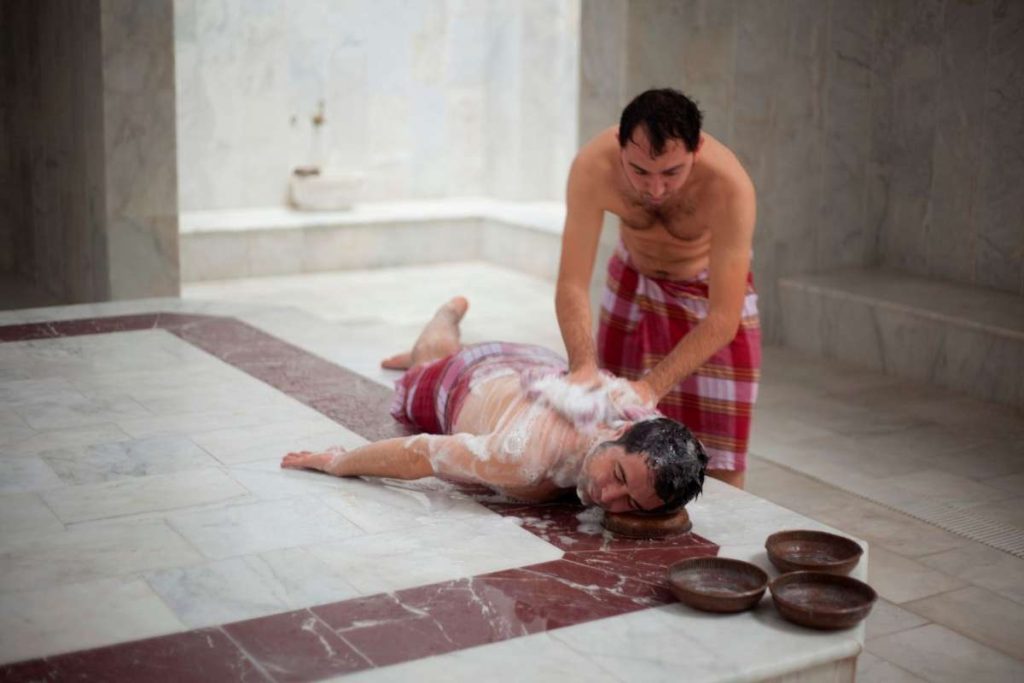
1. Understanding the Turkish Hamam
A Brief History
Turkish hammams have their roots in ancient Roman, Byzantine, and Ottoman traditions. The concept of communal bathing evolved over centuries, with the Ottomans refining the hamam into the elaborate bathhouses we recognize today. These establishments were not only places for physical cleansing but also social hubs where people gathered to converse, celebrate, and conduct business.
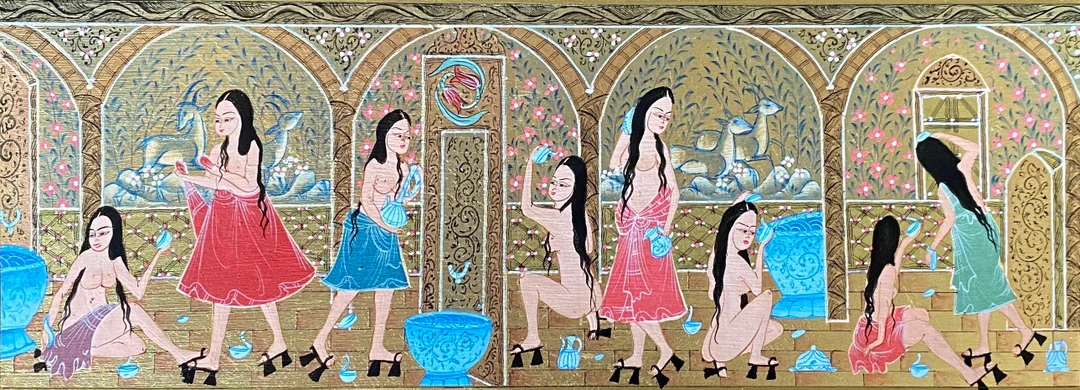
Cultural Significance
Hamams play a vital role in Turkish society, symbolizing cleanliness, relaxation, and social interaction. They are often frequented for special occasions such as weddings, engagements, and religious ceremonies, as well as for daily relaxation and wellness.
2. Types of Turkish Hamams
a. Classical Hamams
These are the traditional, historical bathhouses often found in the heart of old cities like Istanbul’s Sultanahmet district. They feature grand architecture with domed ceilings, marble interiors, and ornate decorations.
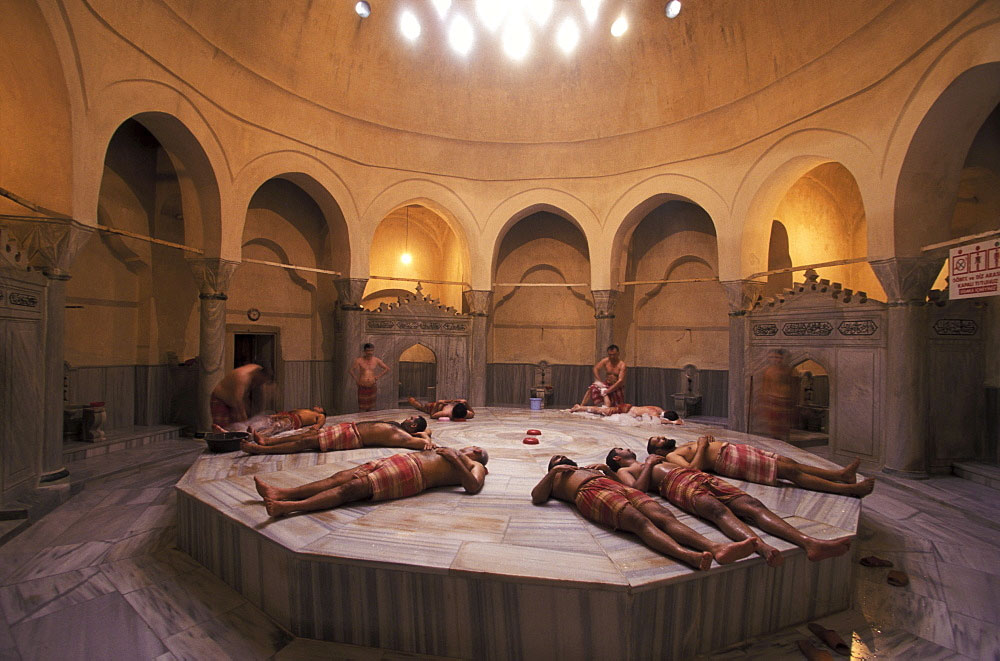
b. Modern Hamams
Contemporary versions of the Turkish bath blend traditional elements with modern amenities. They often offer additional services like massages, facials, and spa treatments.

c. Boutique and Luxury Hamams
Smaller, more intimate bathhouses that provide personalized services and a luxurious ambiance. These are ideal for travelers seeking a premium experience.
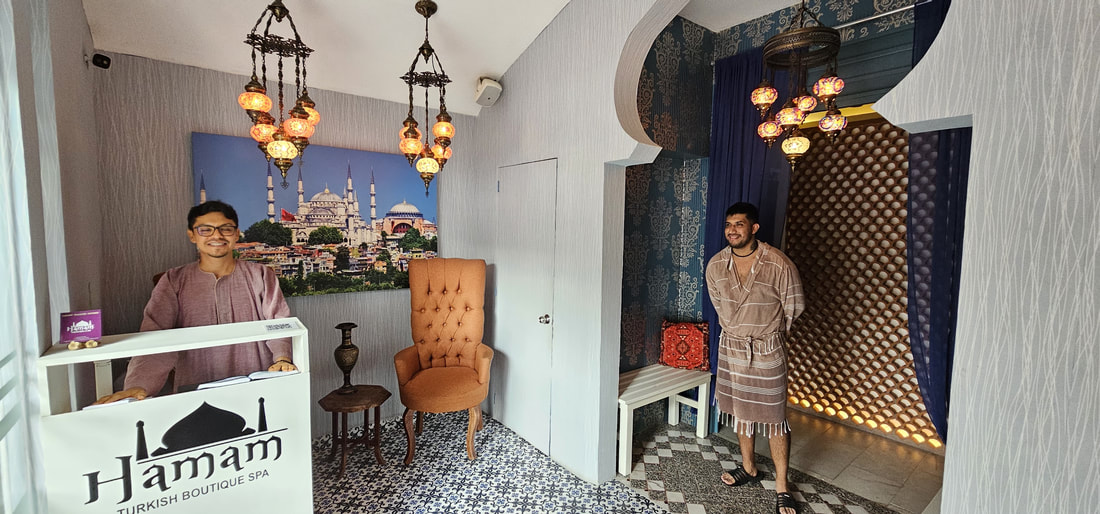
3. What to Expect in a Turkish Hamam
a. The Hamam Layout
A typical Turkish hamam consists of several key areas:
- Entrance Hall (Soğukluk): A cool area where guests can change clothes and relax before entering the warm sections.
- Warm Room (Ilık Bölge): The first heated area with a central marble platform (göbek taşı) where guests begin their cleansing rituals.
- Hot Room (Sıcak Bölge): The hottest section of the Hamam, designed for sweating and deep cleansing.
- Massage Area: Some hamams have designated spaces for massages and additional treatments.
b. The Ritual
- Changing: Guests change into a peshtemal (traditional Turkish towel) in the soğukluk.
- Heating Up: Move to the ılık bölge to acclimate to the warmth.
- Soaking and Scrubbing: Relax on the göbek taşı while a masseuse performs a kese (exfoliating scrub) using a rough mitt to remove dead skin.
- Soap Massage: Receive a foam massage with natural soaps, followed by rinsing off in the sıcak bölge.
- Relaxation: Enjoy a final soak and relaxation, often accompanied by herbal teas or refreshments.
c. Etiquette and Tips
- Dress Code: Wear minimal clothing or bring your peshtemal. Many hamams provide towels and wraps.
- Hygiene: Shower before entering and follow the hammam’s hygiene protocols.
- Tipping: It is customary to tip the masseuse (around 10-15%) if you’re satisfied with the service.
- Booking: Reserve your spot in advance, especially for popular or luxury hamsters.
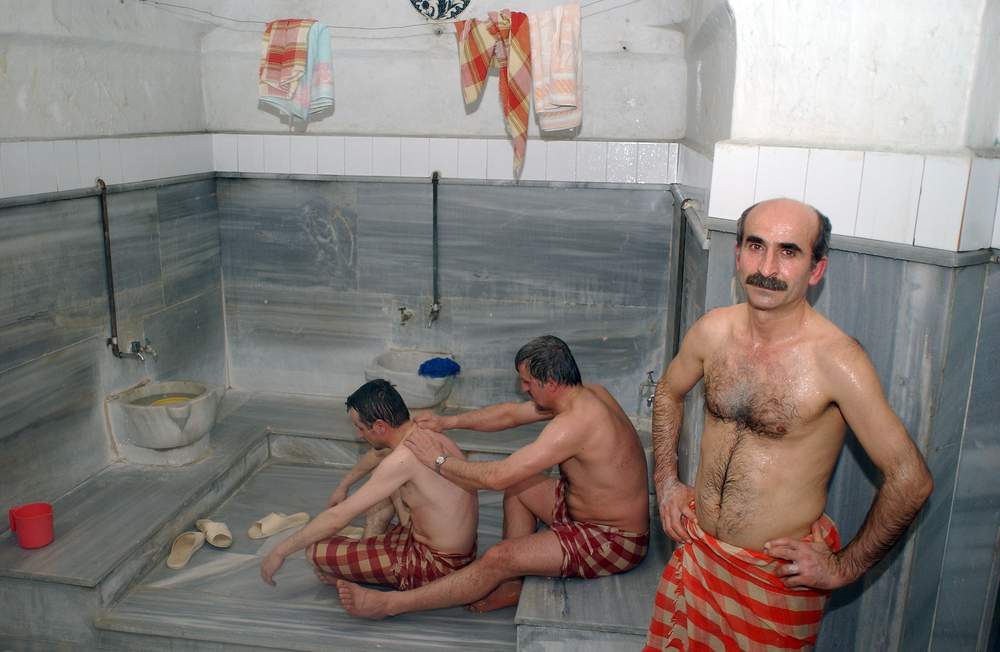
4. Famous Hamams in Turkey
a. Çemberlitaş Hamamı – Istanbul
- Location: Sultanahmet, Istanbul
- History: Built in 1584 by the famous Ottoman architect Mimar Sinan.
- Highlights: Iconic domed architecture, a central marble platform, and a rich historical ambiance.
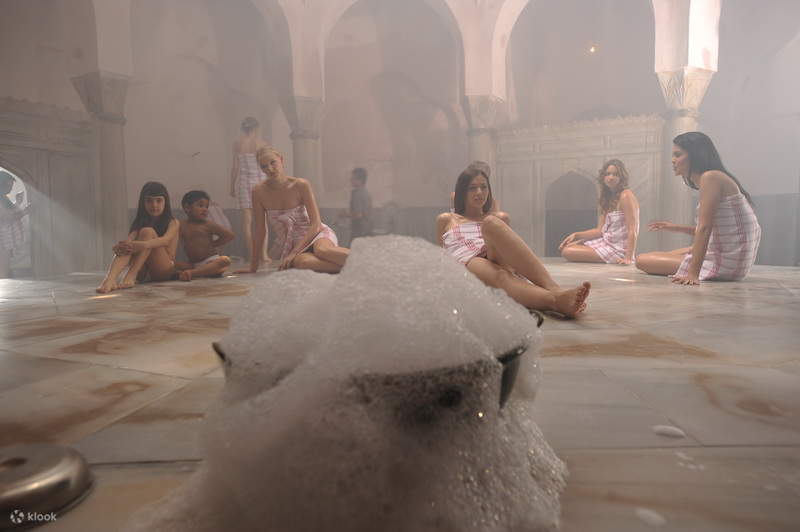
b. Ayasofya Hurrem Sultan Hamamı – Istanbul
- Location: Sultanahmet, Istanbul
- History: Commissioned by Hurrem Sultan, the wife of Sultan Suleiman the Magnificent, in the 16th century.
- Highlights: Luxurious facilities, spa services, and proximity to Hagia Sophia.

c. Çırağan Palace Kempinski Hamam – Istanbul
- Location: Besiktas, Istanbul
- History: Located within the historic Çırağan Palace, now a luxury hotel.
- Highlights: Opulent setting, premium services, and stunning views of the Bosphorus.

d. Hamamönü Hamamı – Bursa
- Location: Hamamönü, Bursa
- History: Part of the historic Hamamönü neighborhood, restored to preserve its traditional charm.
- Highlights: Authentic Ottoman architecture, local ambiance, and family-friendly environment.

e. Kılıç Ali Paşa Hamamı – Istanbul
- Location: Tophane, Istanbul
- History: Designed by Mimar Sinan in the 16th century for Kılıç Ali Paşa, the grand vizier of Sultan Süleyman the Magnificent.
- Highlights: Historical significance, exquisite design, and well-maintained facilities.
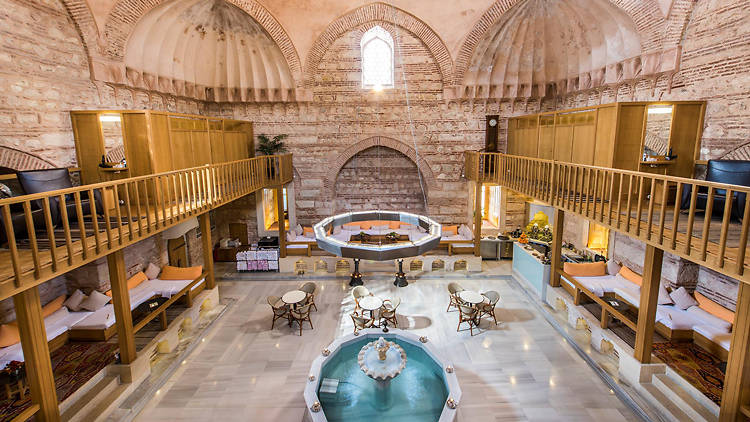
5. Tophammas in Other Turkish Cities
a. Bursa’s Thermal Hamams
- Kültür Hamamı: Known for its beautiful architecture and excellent service.
- Bayezid II Hamamı: A historic hamam offering traditional treatments in a serene environment.
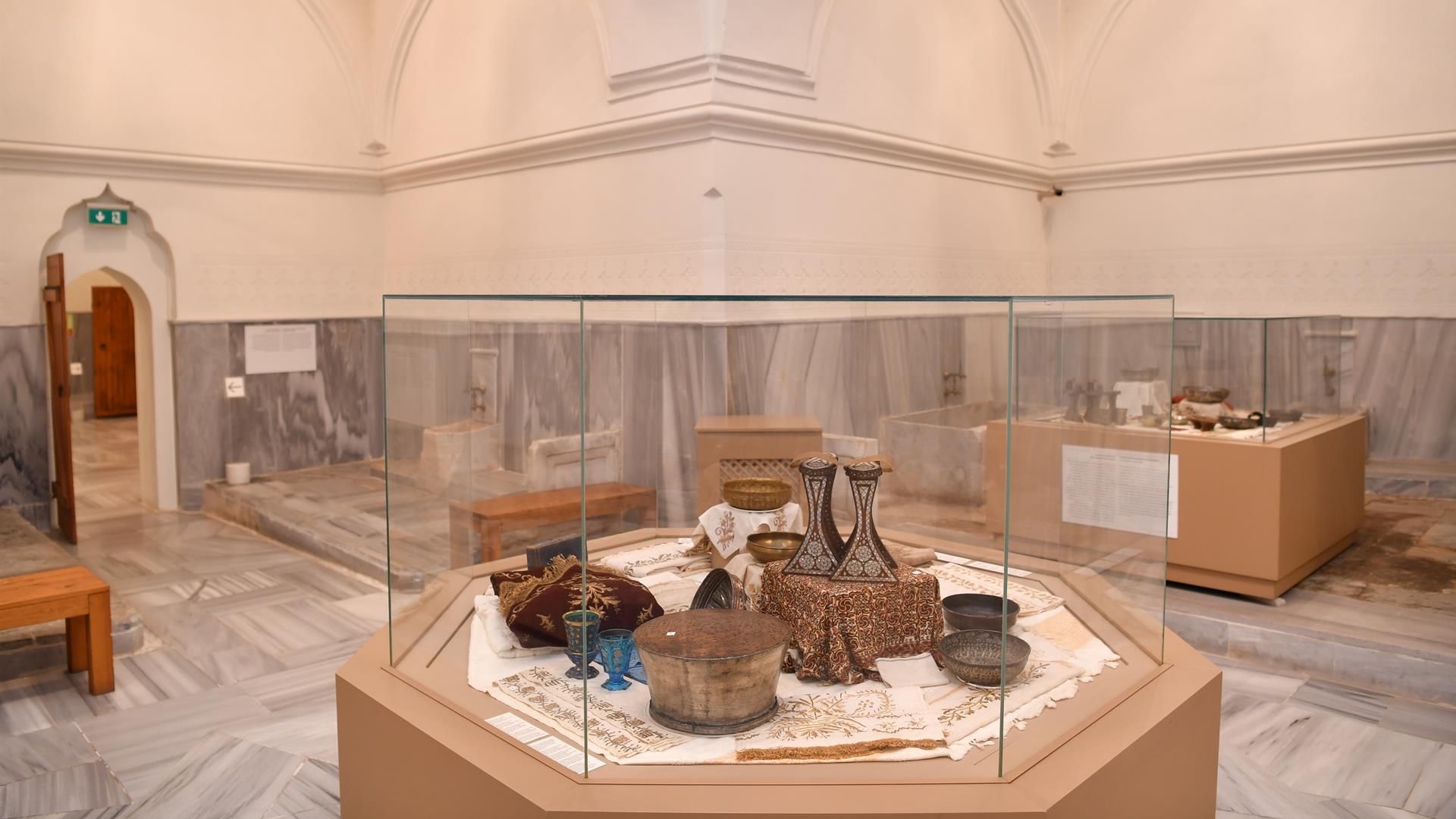
b. Ankara’s Hamams
- Ankara Hamamı: One of the oldest hammams in the capital, offering a classic experience.
- Haci Bayram Veli Hamamı: Located near the Haci Bayram Mosque, providing a peaceful retreat.
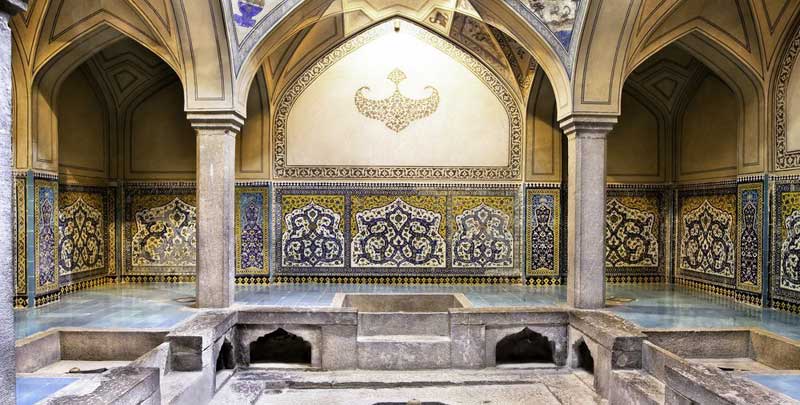
c. Izmir’s Hamams
- Cumalıkızık Hamamı: A traditional hammam in the charming village of Cumalıkızık, perfect for a relaxing day trip.
- Alsancak Hamamı: Conveniently located in the bustling Alsancak district, offering modern amenities alongside traditional services.
6. Additional Hamam Experiences
a. Private Hamam Experiences
Many luxury hotels and resorts offer private hamam experiences, allowing you to enjoy the benefits of a Turkish bath in a more intimate and personalized setting.
b. Hamam with Spa Services
Some hamams combine traditional bathing rituals with modern spa treatments such as aromatherapy, massages, facials, and body wraps, providing a comprehensive wellness experience.
c. Cultural Hamam Events
Occasionally, hammams host cultural events such as live music performances, traditional dance shows, and poetry readings, enhancing the overall experience.
7. Practical Tips for Visiting a Turkish Hamam
a. What to Bring
- Swimwear or Minimal Clothing: Depending on the hammam’s policies, bring swimwear or be prepared to use the peshtemal provided.
- Personal Toiletries: Although most hamams provide soap and shampoo, bringing your own can ensure you’re comfortable.
- Flip-Flops: For walking between areas within the hamam.
b. Preparing for Your Visit
- Hydrate: Drink plenty of water before your hamam visit to stay hydrated, especially if you plan on spending a significant amount of time in the heat.
- Eat Lightly: Avoid heavy meals immediately before your visit to prevent discomfort.
- Arrive Early: Arriving a bit earlier allows you to change and settle in without feeling rushed.
c. During Your Visit
- Communicate with Your Masseuse: Clearly express your preferences for pressure and any areas needing special attention.
- Relax and Breathe: Take deep breaths to enhance relaxation and fully enjoy the experience.
- Respect the Space: Maintain a respectful demeanor, especially in traditional or family-oriented hammams.
8. Benefits of Visiting a Turkish Hamam
a. Physical Health
- Detoxification: Sweating in the hot steam helps eliminate toxins from the body.
- Improved Circulation: The heat stimulates blood flow, promoting cardiovascular health.
- Muscle Relaxation: The combination of heat and massage helps alleviate muscle tension and soreness.
b. Mental Wellbeing
- Stress Relief: The tranquil environment and treatments reduce stress and promote mental relaxation.
- Enhanced Sleep: Relaxing in a hamam can improve sleep quality by calming the mind and body.
c. Social and Cultural Connection
- Community Interaction: Traditional hammams serve as social hubs where people gather and connect.
- Cultural Immersion: Experiencing a Turkish hamam provides insight into local customs and traditions.
9. Sustainable and Ethical Hamam Practices
a. Eco-Friendly Products
Choose hammams that use environmentally friendly soaps, shampoos, and lotions to minimize your environmental impact.
**b
Water Conservation** Opt for hammams that implement water-saving techniques, such as recycling water or using efficient heating systems.
c. Supporting Local Communities
- Local Employment: Select programs that employ local staff, contributing to the local economy.
- Cultural Preservation: Patronize establishments that preserve and promote traditional Turkish bath practices.
d. Waste Management
Ensure that Hamam practices proper waste disposal and recycling to maintain a clean and sustainable environment.
10. Frequently Asked Questions (FAQs)
a. Are Turkish Hamams Safe for Everyone?
Yes, Turkish hamams are generally safe for most people. However, individuals with certain health conditions such as heart problems, high blood pressure, or skin issues should consult a doctor before visiting a hamam.
b. Do I Need to Book in Advance?
While walk-ins are sometimes accepted, especially in less busy hamams, it is recommended to book in advance, particularly for popular or luxury hamams, to secure your preferred time slot and ensure availability.
c. What Should I Wear in a Hamam?
Most hamams provide a peshtemal (traditional towel) for guests to wear. Some may require minimal clothing or swimwear, while others may allow you to use the peshtemal only. It’s best to check the specific dress code of the hamam you plan to visit.
d. Can Non-Muslims Visit a Turkish Hamam?
Absolutely! Turkish hammams welcome visitors of all religions and backgrounds. While some humans are strictly for men or women, others are mixed. Be sure to verify the hammam’s policies before your visit.
e. What is the Cost of Visiting a Turkish Hamam?
Prices vary depending on the location, type of hamam, and services included. On average, expect to pay between 100 to 500 TRY (approximately 5 to 25 USD) for a basic session. Luxury and specialized treatments can cost more.
11. Top Hamams to Visit in Istanbul
a. Ayasofya Hurrem Sultan Hamamı
- Location: Sultanahmet, Istanbul
- Features: Luxurious setting within the historic Hurrem Sultan Hamam building, offering both traditional and modern treatments.
b. Çemberlitaş Hamamı
- Location: Sultanahmet, Istanbul
- Features: One of the oldest hammams in Istanbul, built by Mimar Sinan, renowned for its historical ambiance and quality services.
c. Kılıç Ali Paşa Hamamı
- Location: Tophane, Istanbul
- Features: A beautifully restored Ottoman hamam designed by Mimar Sinan, offering a traditional bathing experience.
d. Sait Halim Pasha Hamamı
- Location: Tophane, Istanbul
- Features: Known for its stunning dome and marble interiors, this hamam provides a serene and authentic experience.
12. Final Tips for an Enjoyable Hamam Experience
a. Timing Your Visit
- Weekdays vs. Weekends: Hamams are generally less crowded on weekdays. Visiting during off-peak hours can enhance your experience.
- Seasonal Considerations: While hamams are enjoyable year-round, winter visits can be particularly soothing due to the contrast between the cold outside and the warm bath environment.
b. Combining Hamam Visits with Sightseeing
Maximize your Istanbul itinerary by scheduling Hamam visits alongside nearby attractions. For example, visit a hammam after exploring Sultanahmet’s historical sites or before an evening Bosphorus cruise.
c. Embracing the Experience
Approach your hamam visit with an open mind and a willingness to embrace the cultural practices. Relax, enjoy the rituals, and allow yourself to unwind fully.
Conclusion
Turkish hammams offer a unique and enriching experience that combines relaxation, wellness, and cultural immersion. Whether you choose a historic hamam steeped in tradition or a modern spa offering luxurious treatments, the essence of the Turkish bath remains the same: a sanctuary for cleansing both body and soul. By following this ultimate guide, you can navigate the world of Turkish hammams with confidence, ensuring a memorable and rejuvenating experience during your travels in Turkey.
Enjoy your soothing journey through Turkey’s timeless hammams!
